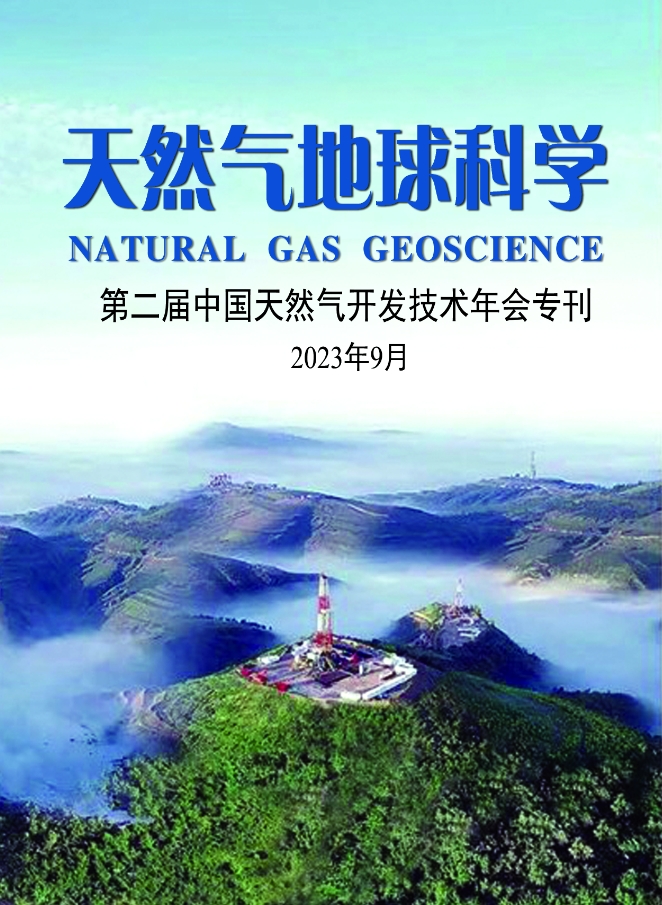Junjun CAI, Xian PENG, Qian LI, Tianhui ZHAN, Zhanmei ZHU, Wen LI, Xiang ZHAO, Fei ZHANG, Jun JIANG
Taking Deng 4 Member gas reservoir of Sinian system in central Sichuan Basin as an example, aiming at the main problems of the controlling factors of productivity and development strategies optimization in the early and middle stages of the highly heterogenous gas reservoir,the scientific connotation of the controlling factors of gas well productivity was studied,and the core elements and main research items of the controlling factors of productivity in different stages were put forward. Based on the six types typical seepage patterns of gas reservoirs, the early, transitional and stable stages were defined. On this basis, the countermeasures and suggestions were given in four aspects: Well location plane deployment, target location, transformation process and production well system optimization. The results show that: (1) The controlling factors of productivity refer to the main conditions that affect the productivity of gas wells, and the research objects and emphases are different in different development stages. The core elements are the implementation of reserve base, the seepage capacity of transformation area and far well area, and the main research items are the key indicators of high-quality reservoirs, seismic response, special well test interpretation technology, etc. (2)The regular production capacity of the early stage, transitional and stable stages of Deng 4 Member gas reservoir is controlled by the development of high-quality reservoir,the matching of fracture system after reservoir transformation,the gas supply capacity of far well area and the remaining dynamic reserves. And the influence of the electrical characteristics of high-quality reservoir, the characteristics of well test after transformation, construction curve, the plane heterogeneity and the variation of remaining dynamic reserves on the production capacity at different stages in the early and middle stages are clarified. (3)Through the implementation of development strategies optimization, the breakthrough of single well production has been achieved. The average absolute open flow rate of the new technology well were 2.3 times of the vertical well, the proportion of stable production increased from 80.5% to 95%, and the tubing pressure decline rate slowed down, which basically met the design requirements of the development scheme. The research results from the controlling factors of productivity in the early and middle stage and the development optimization technical countermeasures provide technical reference for the efficient exploration and development of ultra-deep strong heterogeneity carbonate gas reservoirs.
